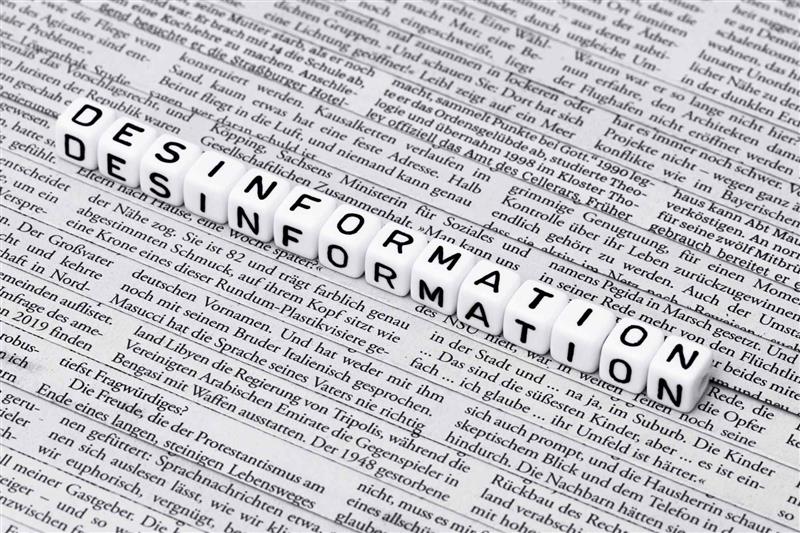A study analyses how competition between media outlets can lead them to spread misinformation
Competition to attract audiences encourages media outlets to spread misinformation, according to a study published in Science Advances. The research applies a mathematical framework - called a zero-sum game - to analyse the dynamics between immediate media benefits and long-term damage. The model showed how an ‘arms race’ can emerge between news sources: when one player resorts to misinformation, the other has to do the same in order to compete.

250618 desinformación Rubén EN
Rubén Rivas de Roca
Journalism professor in the Communication Sciences department of the University of Santiago de Compostela
The study uses an innovative model to explain how media competition can spur the spread of false information. In a social context marked by post-truth and a loss of trust in institutions, the authors show that the problem of disinformation affects not only social networks and platforms, but also prestigious news outlets, which are pressured to publish poorly verified pieces in order to compete in an era of immediacy.
One of the article's main contributions is its ability to explain the effects of the media struggle for attention on the spread of disinformation. This is achieved through a model that mathematically formalizes the phenomenon, allowing for the formulation of scenarios based on the current media ecosystem. This is achieved by using variables such as perceived credibility or the audience's preexisting opinions. It is illustrative that the incentive for web traffic (the phenomenon known as clickbait) prevails over the criterion of the plausibility of the facts. According to the authors, this is a decision more derived from repetitive dynamics than from a malicious decision.
The tension between immediate benefits (increased traffic) and long-term consequences (loss of credibility) is an observable and measurable practice, thanks to the proposal by Amini and colleagues. Applied to the Spanish context, this type of model can be useful for understanding how certain media outlets are driven toward more extreme positions due to the pressure to capture online attention. Given the high level of polarization that exists in Spain, traditionally framed within the Mediterranean media system of Hallin and Mancini (2004), and the recent government regulations of the Action Plan for Democracy to ensure truthful information, appealing to media literacy as a tool to combat the spread of fake news becomes especially important.
Although the work offers a more structured perspective than most previous research, which tends to stick to qualitative descriptions, it also faces limitations. The authors themselves acknowledge some terminological confusion between (intentional) disinformation, misinformation, or false content. Furthermore, they assume a partisan influence on the media, which motivates them to use political competition to gain audiences, resulting in an escalation of disinformation. Given this situation, the aforementioned media literacy seems key, as it empowers consumers. An educated audience can be an opportunity to reduce the consumption of toxic news products and thus break the cycle of disinformation.
Arash Amini et al.
- Research article
- Peer reviewed



